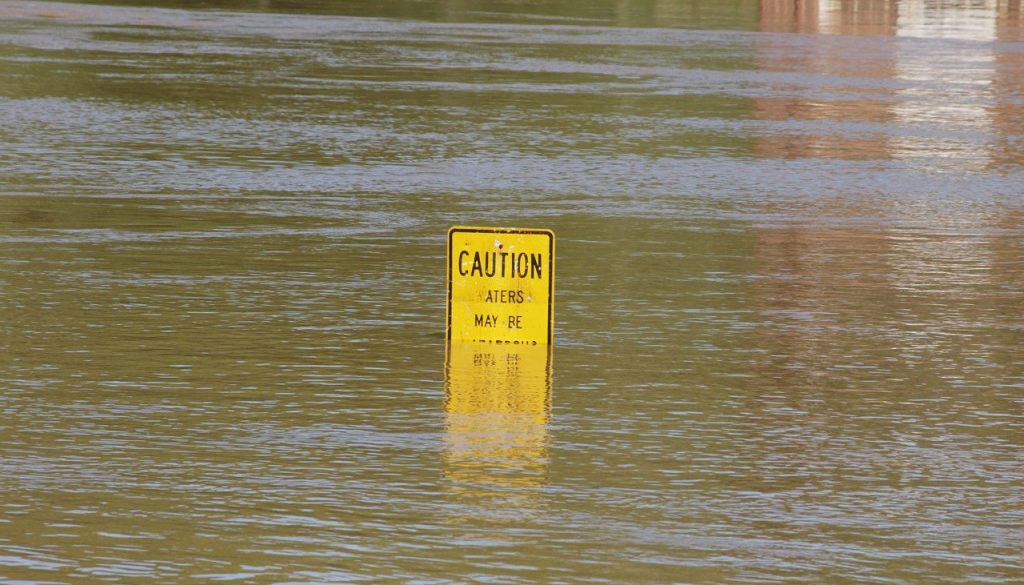Proposed HUD Standards Will Better Protect Working Families
By Joel Scata, Natural Resources Defense Council
The Department of Housing and Urban Development (HUD) recently proposed updated standards to reduce the risk of flood damage to taxpayer-funded affordable housing. The proposed standards will better protect people and property by requiring HUD-financed infrastructure, located in a floodplain, to be constructed to a higher level of resilience. In the face of rising flood risk nationwide, this commonsense action will help reduce the cost to the Federal government of repeatedly paying to rebuild flood-damaged properties. HUD, like other Federal agencies, has a duty to responsibly invest taxpayer money; the adoption of the proposed standards will ensure that duty is being upheld.
The proposed standards work by establishing elevation requirements for new or substantially improved HUD-financed infrastructure if located in a floodplain. For regular infrastructure, like affordable housing, the elevation requirement is two feet above the height of the 100-year flood. For critical infrastructure, like hospitals and nursing homes, the elevation requirement is three feet above the height of the 100-year flood or simply the height of the 500-year flood. These elevation requirements are a much-needed update to existing HUD policy.
Current HUD standards only require HUD-financed infrastructure to be elevated to height of the 100-year flood, if it is not practicable to locate outside of the floodplain. (Presently, over 11,000 HUD-funded public housing units are located in the 100-year floodplain). While this has been the accepted practice for the past 40 years, future flood trends require we think differently about how HUD invests its resources. With a predicted rise in sea levels and inland flooding, HUD must invest in the most responsible and resilient manner possible.
Flooding already is the most common and costly natural disaster in the United States. The effects of climate change, such as sea level rise, will only make flooding more likely. By 2100, global mean sea level may rise between two and six feet. Additionally, the rate and severity of heavy downpours are expected to increase, making inland flooding more likely. The higher elevations provide an extra margin of safety to improve the long term resilience of HUD investments, and thus, the communities in which they are located in the face of a changing climate.
Additionally, elevating or floodproofing homes and other infrastructure above the 100-year flood is a proven method for mitigating flood risk. Multiple states and local communities have already implemented elevation requirements that either meet or exceed the elevation requirements required under the flood protection standard. Indiana, Montana, New York, and Wisconsin have a two-foot freeboard requirement for all development, both private and public, occurring in the 100-year floodplain. Additionally, 232 communities across the Nation have minimum elevation requirements of two feet for any new home located in the 100-year floodplain. Thus, HUD’s approach is not novel, but a common practice across the United States for mitigating flood risk, and thus, reducing post-disaster flood damages.
The proposed rules not only benefits taxpayers by reducing the risk of flooding to HUD investments, but also benefits working families by ensuring that their HUD-financed housing is safe and cost-effective over the long-term. Rebuilding costs post-flooding can be a significant burden on many families, and has a negative effect on the affordability of homes. Elevating new or substantially improved HUD-financed housing will lessen the need to repeatedly rebuild in the wake of floods, saving homeowners money.
Further, by elevating two additional feet above the 100-year flood may benefit homeowners by reducing flood insurance premiums. Annual NFIP Premiums are directly correlated to the height of the home. For example, a home insured for $150,000 located in an AE flood zone will pay $ 2,919 per year in flood insurance if it is elevated to height of the 100-year flood. However, if that same home is elevated two feet above the height of the 100-year flood it will pay $717 per year in flood insurance, a difference of $2,202 per year in savings for the homeowner. (See NFIP Flood Insurance Manual, Section 5) The proposed standards are a win for working families by assuring what often is the biggest investment of their lifetime remains safe and affordable
Unfortunately, the proposed HUD standards may face stiff opposition when the new Administration takes over in January. President-elect Trump has pledged to reverse course on President Obama’s climate initiatives, which will likely include Executive Order 13690 and the federal flood protection standard. The executive order, the basis for the proposed HUD standards, was issued to improve the resilience of communities against the increasing impacts of flooding due to the effects of climate change. As the President-elect doubts the veracity of the science behind climate change, Federal climate policies, like Executive Order 13690 and HUD’s proposed standards, are under threat. If President-elect Trump does try to roll back these much-needed reforms, working families will bear the burden. Federally-funded housing will be less safe and Federal expenditures of taxpayer dollars to repeatedly rebuild these structures in the wake of future flooding will increase. The climate is changing and the American public needs policies, like that of HUD, to prepare them for that future.

